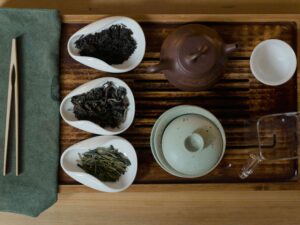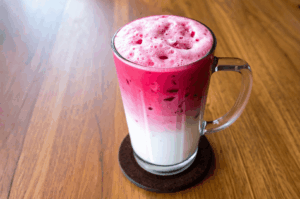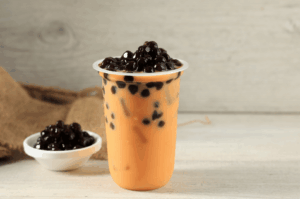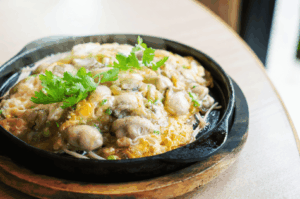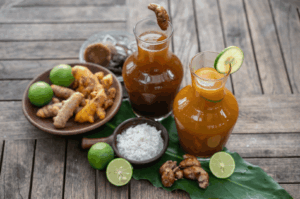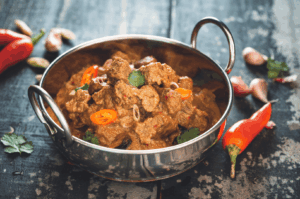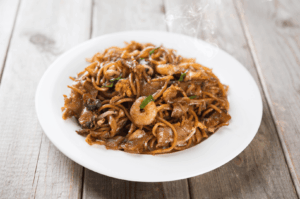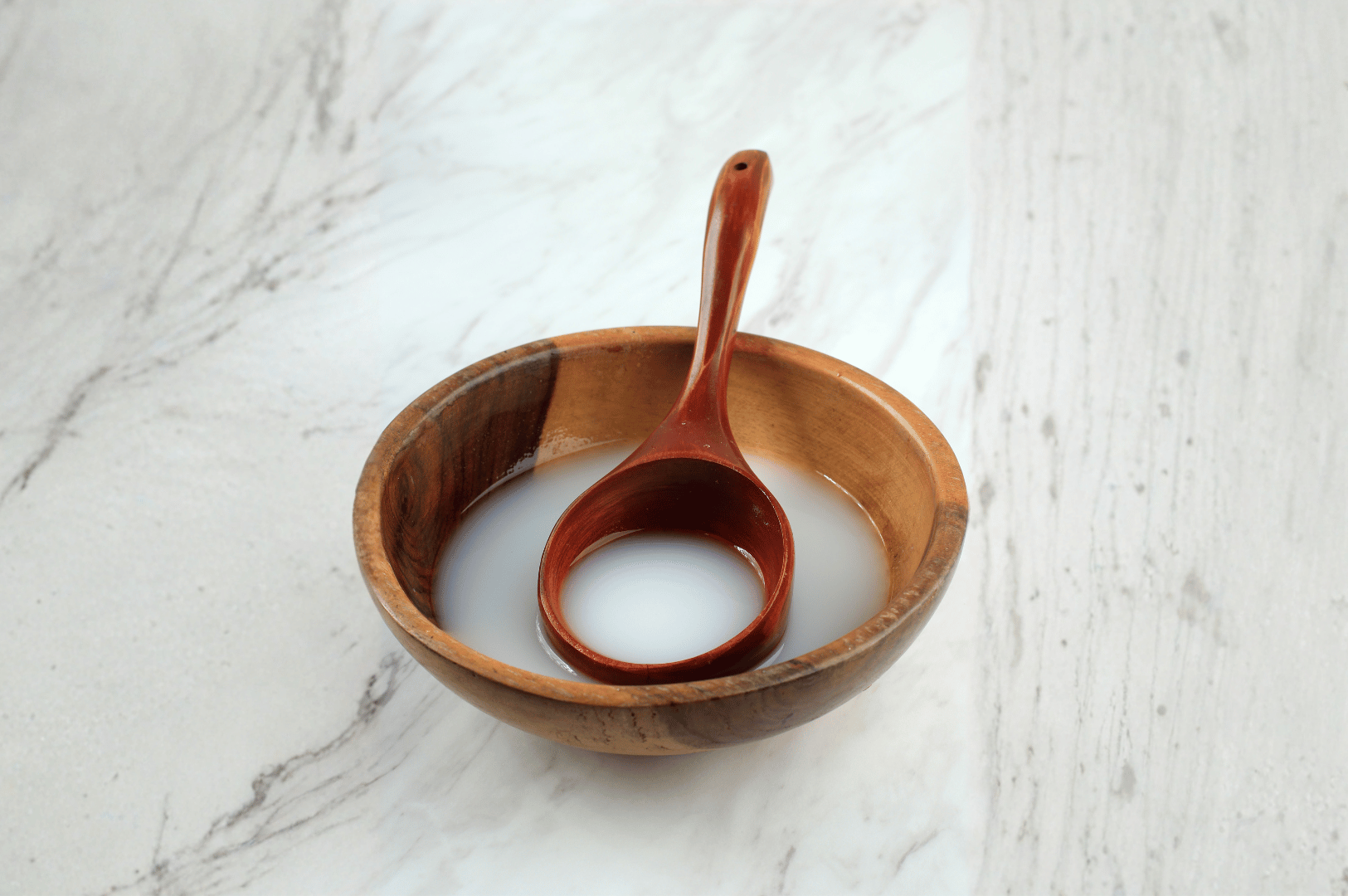
In the vibrant world of Korean food, beyond the fiery spice of gochujang and the savoury comfort of bulgogi, lies a gentler, more subtle delight. Meet traditional Korean sikhye (식혜), a beloved Korean sweet rice punch that holds a special place in the nation’s heart. With its cloudy, amber hue and delicate sweetness, this drink is a cornerstone of Korean culinary heritage.
You’ll find it served in a small bowl, often as a sweet conclusion to a meal or as a refreshing pause in the day. Characterised by soft grains of Korean rice floating gently within, this beverage offers a unique taste of history, tradition, and the art of fermentation.
Traditional sikhye is typically made with short-grain white rice for its authentic flavor and texture; while brown rice can be used, it produces a different taste and consistency. It’s a true celebration of flavours and a must-try for anyone exploring Korean recipes.
A Sip of History: The Story of Sikhye
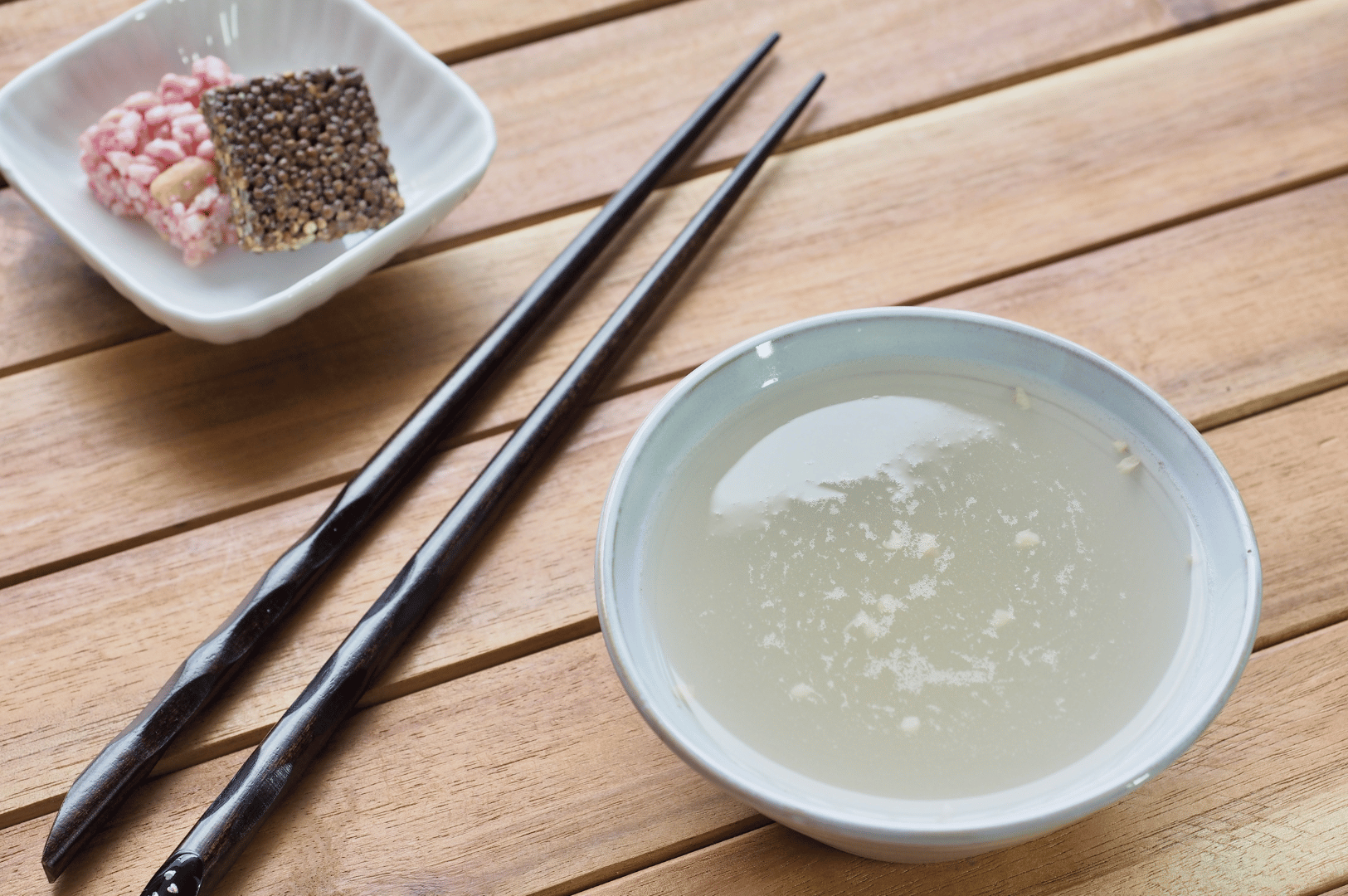
The origins of sikhye are woven deep into Korea's agricultural past. While its exact beginnings are ancient, the drink as we know it gained prominence during the Joseon Dynasty. It was a drink for royalty and commoners alike, cherished for its pleasant flavour and digestive qualities.
Before refined sugar became common, Koreans mastered creating sweetness from grains. This fermented rice beverage was a testament to that ingenuity, using the natural power of barley malt to transform humble sweet rice.
Sikhye became particularly essential during major Korean holidays like Seollal (Lunar New Year) and Chuseok (Harvest Festival). After large, indulgent feasts, a bowl of this Korean sweet rice drink was served to aid digestion, a tradition that continues to this day. Its role in these celebrations cemented sikhye as a drink of wellness, community, and festive cheer.
The Magic of Malt: How Traditional Sikhye is Made
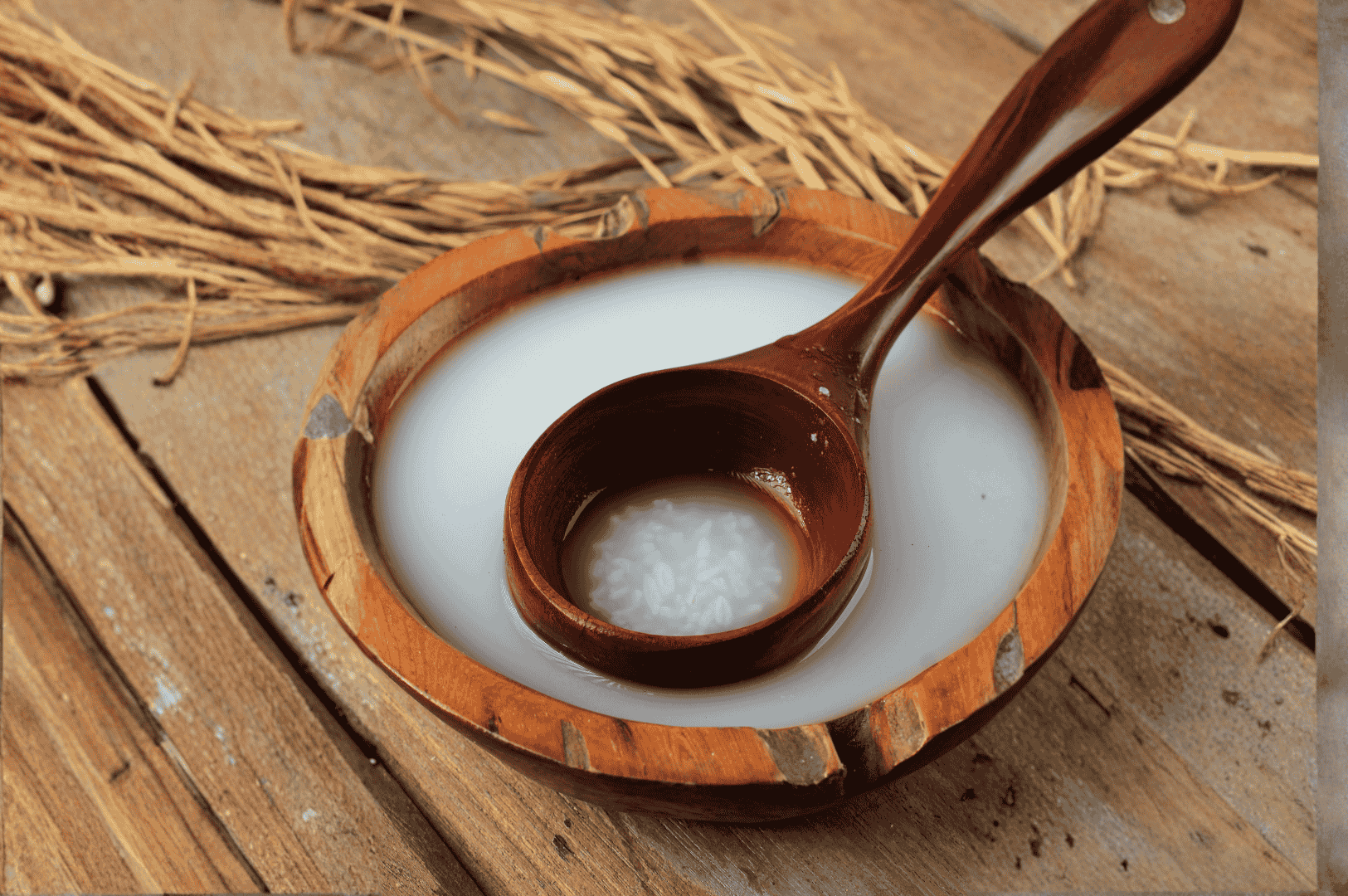
Crafting authentic sikhye is a lesson in patience and food science. The process relies on the natural enzymes in malted barley to convert the starch in cooked rice into sugar. The primary ingredient is malted barley flour, often sold as coarse malted barley. The traditional method unfolds in careful steps.
First, the barley malt is mixed with warm water in a large bowl to create a milky liquid. This is the malt water. It’s crucial to let the malt water sit so any sediment can settle. The clear malt liquid is then gently poured off, leaving the dregs behind. This strained malt water is the key to the whole process.
Next, this precious liquid is combined with freshly steamed rice—typically cooked short grain rice—in a large pot. For sikhye, cooking rice with less water is important to achieve a drier, non-sticky texture; use a slightly reduced water ratio when cooking short grain rice to ensure the grains remain separate and ideal for this recipe.
The mixture is kept at a constant warm temperature, often using a rice cooker on its ‘keep warm’ setting. At this temperature, the enzymes in the malt barley water begin their work. Over several hours, they break down the starches in the rice, creating a natural, clean sweetness.
The sign of success is seeing rice grains floating to the surface. Once there is significant rice float, the process is nearly complete. Finally, the liquid is boiled briefly, often with a little sugar for more flavor, to stop the enzymatic reaction. After cooling, it is ready to be served.
A Drink for All Seasons
Sikhye is a wonderfully versatile drink, enjoyed year-round with adaptations that suit each season.
Spring's Gentle Welcome
As cherry blossoms blanket the country, sikhye offers a light, refreshing counterpoint. Its clean, sweet taste feels like a perfect pairing for spring picnics, complementing the delicate flavours of the season's fresh vegetables and heralding the end of winter.
Summer's Ultimate Cooler
In the sweltering Korean summer, nothing beats an ice-cold bowl of sikhye. It's the quintessential drink at jjimjilbangs (Korean bathhouses), providing instant, hydrating relief after a hot sauna. Many enjoy it as a sikhye slush, a partially frozen treat that is incredibly refreshing. As a Korean sweet rice punch, it's a far more wholesome choice than sugary sodas.
Autumn's Harvest Bounty
Fall brings Chuseok, the harvest festival. Sikhye made with the season's new rice crop is an essential part of the celebration, symbolising gratitude and abundance. It’s the perfect digestif after a large holiday meal, allowing families to relax and savour their time together.
Winter's Warm Embrace
While often served cold, sikhye can also be enjoyed warm during the cold winter months, especially around Korean holidays. Some variations include a few ginger slices or a hint of cinnamon, transforming it into a comforting, spiced beverage that warms you from the inside out.
Regional Twists and Variations
Like many Korean recipes, sikhye has fascinating regional differences. The most famous is Andong Sikhye, which is a startling departure from the sweet version. It’s a savoury, spicy, and tangy concoction with a reddish hue from red chilli powder, often containing radish and ginger slices.
You might also find hobak-sikhye (pumpkin sikhye), where sweet pumpkin is added for a vibrant colour and earthy sweetness. In some areas, dried jujube is added to the drink for a decorative touch and subtle fruity note. These local variations are often found at traditional korean markets.
The Healthful Qualities of Sikhye

In traditional Korean medicine, sikhye is valued for more than just its flavour. Its primary benefit is aiding digestion, thanks to the amylase enzymes that help break down carbohydrates. This is why it’s a post-feast staple. The soft rice grains provide dietary fibre, and the natural sugars offer a gentle energy boost.
While traditional sikhye contains natural sugars, it is a much healthier alternative to drinks made with large amounts of refined sugar water.
Modern Interpretations and Availability
The homemade version of sikhye is a treasure, but today this classic rice drink is also experiencing a modern revival. You can easily find canned sikhye in most korean markets and korean grocery stores worldwide. Contemporary cafes in Seoul are getting creative, offering sikhye-flavoured ice cream, lattes, and even cocktails. These innovative takes introduce the classic taste of traditional Korean sikhye to a new generation, proving its timeless appeal. Making a batch at home allows you to control the sweetness and appreciate the difference compared to commercial versions, which often contain more sugar.
Your Guide to Making Homemade Sikhye
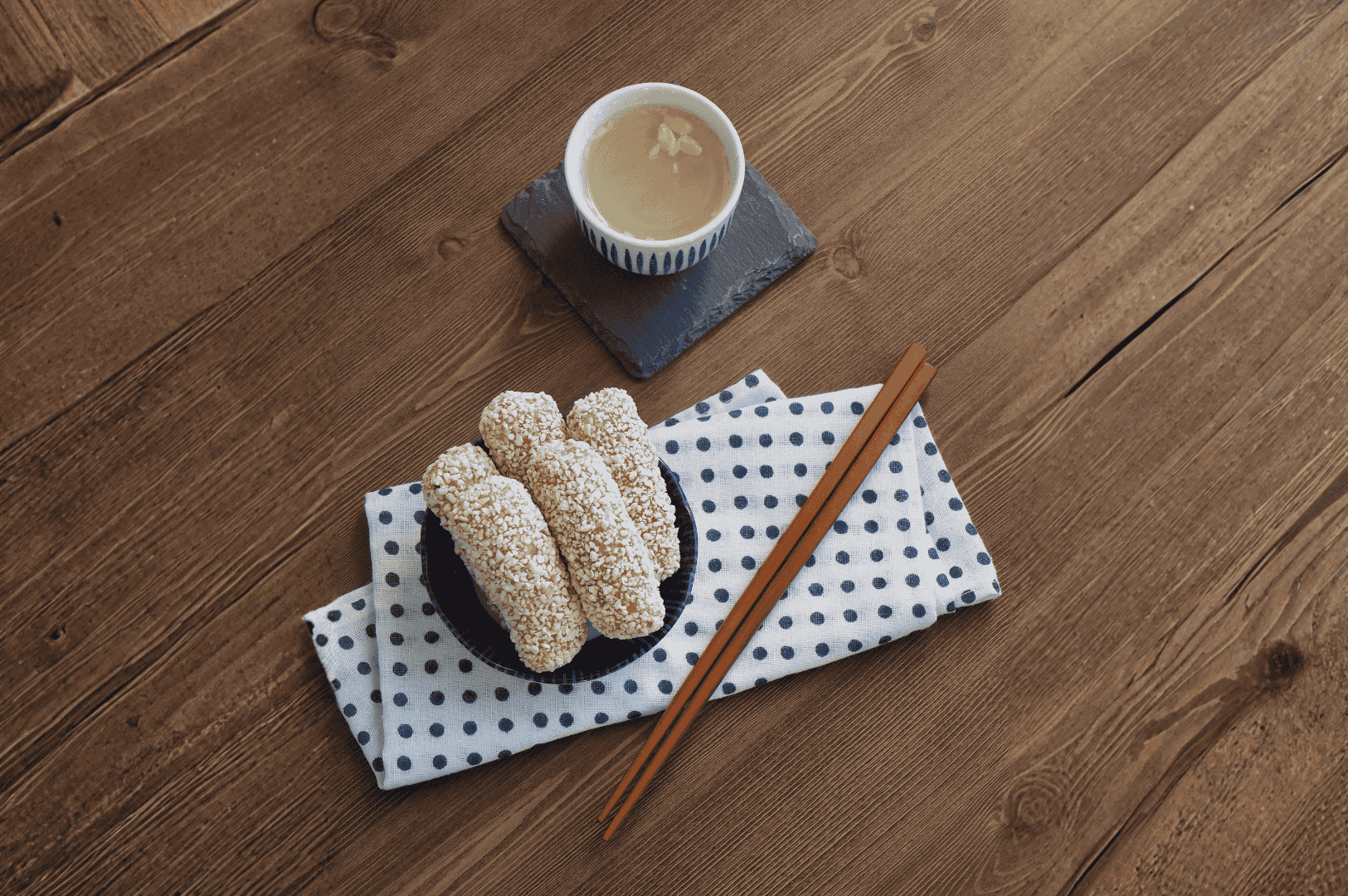
Making homemade sikhye is a rewarding project. With modern tools like an Instant Pot or slow cooker, it’s easier than ever to follow this traditional sikhye recipe.
Ingredients:
- 1 cup short grain rice (to make about 3 cups of cooked rice)
- 200g malted barley flour
- 12 cups cold water
- ½ cup sugar (or to taste)
- A few pine nuts or jujube slices for garnish (optional)
Instructions:
- Prepare the Malt Water: In a large bowl, combine the malted barley flour with 8 cups of lukewarm water. Gently massage the mixture with your hands for about 5 minutes to release the milky water. Let the malt water sit for at least an hour.
- Strain the Liquid: Carefully gently pour the clear liquid into your Instant Pot or large pot, leaving the white sediment behind. You can pour it through a fine sieve or cheesecloth to ensure no sediment remains. You can also reserve any remaining liquid for later use if desired.
- Combine and Warm: Add your cooked short grain rice to the pot with the strained malt water and give it a good stir. If your rice is clumpy or you are using drier rice, break it up.
- Ferment: Set your Instant Pot to the “Keep Warm” function (yogurt setting also works) for 4-6 hours. If using a pot on the stove, maintain a low temperature (around 60°C) over medium heat, ensuring it does not boil.
- Check for Floating Grains: The process is complete when you see a good amount of floating rice grains. When about 3 or 4 rice floats to the top, it is a sign that fermentation is complete.
- Boil and Sweeten: Transfer the liquid to a large pot on the stove if using an Instant Pot. Add the remaining 4 cups of fresh water and the sugar. Bring to a boil over high heat and cook for 10 minutes, skimming any foam. Remove the floating grains with a fine strainer and set them aside to add back to the drink when serving, if desired.
- Cool and Serve: Let all the liquid cool completely, then refrigerate until chilled. Serve in a bowl with the reserved rice grains and a garnish of pine nuts.
A Sweet Taste of Korean Tradition

Sikhye is a living piece of drinks cuisine and a symbol of Korean ingenuity. The homemade version is a culinary journey that connects you to centuries of tradition.
From its role in celebrating Korean holidays to its modern revival in trendy cafes, this Korean sweet rice punch remains a beloved source of comfort and refreshment.
We encourage you to explore the world of Korean recipes by trying this one at home or seeking it out at a local market. Every sip is a shared experience, a taste of a culture's enduring legacy.
To continue your culinary exploration, discover why Jeonju is celebrated as Korea’s culinary capital or learn more about communal dining traditions across Asia that bring people together through food.
The Art of Asian Tea Ceremony Traditions: Ancient Rituals and Cultural Values Across Asia
Dio Asahi | November 15, 2025
A cup of tea, in many parts of Asia, represents far more than a beverage-it is a conduit to ancestral tradition, intellectual pursuit, and the cultivation of mindfulness. Asian tea ceremony traditions turn the act of drinking tea into a sophisticated art form, layered with symbolism, philosophy, and socio-cultural values. Each gesture, from scooping powdered…
The Art of Slow-Cooked Curry Recipes: Time’s Magic in South Asian Cuisine
Eda Wong | November 13, 2025
Step into a South Asian kitchen, and the senses are instantly enveloped by the inviting aroma of food slowly simmering in a sturdy clay pot or heavy vessel. The allure is undeniable: in this space, slow-cooked curry recipes are a celebration of patient tradition, spices, and the richness of South Asian cuisine. Here, time and…
Bandung Drink Recipe: A Singaporean Rose Syrup Drink Tradition
Eat Drink Asia Team | November 11, 2025
Step into any night market or hawker centre in Singapore, and you’ll spot a vibrant, glowing glass filled with a cold, beautiful drink-Bandung. Known for its iconic blush-pink hue and refreshing taste, this rose syrup drink is an integral part of Singapore’s beverages scene and a cherished tradition in Southeast Asian gatherings. More than just…
The Ultimate Hainanese Chicken Rice Recipe: A Deep Dive
Eda Wong | November 8, 2025
To wander through Singapore’s bustling hawker centres on a humid evening is to experience a symphony of sights, sounds, and smells. Among the many other dishes sizzling away, one plate stands out for its elegant simplicity: Hainanese Chicken Rice. It arrives without fanfare-gleaming slices of poached chicken over fragrant rice, flanked by a trio of…
Bubble Tea Origins: How Taiwan Created a Global Beverage Phenomenon
Dio Asahi | November 6, 2025
From Taipei to New York, a single drink has captured the world’s taste buds: bubble tea. This beverage, known as pearl milk tea or boba tea, and also known as boba in many regions, is celebrated for its delightful combination of sweet, creamy tea and signature chewy tapioca pearls. What began as a novel creation…
A Food Lover’s Guide to the Taiwanese Oyster Omelet
Eat Drink Asia Team | November 4, 2025
As twilight descends upon Taipei City, a vibrant energy pulses through its streets. This is the hour of the night markets, bustling hubs of community, commerce, and some of the world’s most incredible street food. Amidst the steam from soup dumplings and the sizzle of Taiwanese fried chicken, one iconic dish reigns supreme: the Taiwanese…
Jamu: Indonesian Herbal Medicine for Modern Well-Being
Dio Asahi | November 1, 2025
Across the Indonesian archipelago, a vibrant tradition of herbal healing has flourished for centuries. This is jamu, a cornerstone of Indonesian cultural heritage and a sophisticated system of traditional herbal medicine. Far more than just a refreshing drink, jamu represents a philosophy of balance, a deep connection to nature, and a form of indigenous medicine…
Padang Beef Rendang: The Complex Process Behind Indonesia’s Most Famous Dish
Eda Wong | October 30, 2025
This post may contain affiliate links. For full transparency, this article may contain affiliate links. To call Padang beef rendang simply a dish is to miss the soul of Indonesian cuisine. This legendary slow-cooked dry curry, a centerpiece of both festive tables and humble meals, has earned its fame as one of the world’s most…
Teh Tarik Malaysia: The Art and Science Behind Iconic Pulled Tea
Eat Drink Asia Team | October 28, 2025
In Malaysia, ordering a cup of teh tarik is about so much more than just enjoying a hot drink. Teh tarik, literally translated as “pulled tea,” is Malaysia’s national beverage, famous for its sweet, creamy taste, frothy top, and the spectacular pulling technique seen in bustling mamak stalls and coffee shops across the country. A…
The Legendary Penang Char Kway Teow: A Culinary Journey
Dio Asahi | October 25, 2025
The air in Penang is thick with anticipation, carrying the sounds and smells of Malaysian street food being crafted with expert care. Your attention is captured by one of the many street vendors, a master standing before a seasoned wok glowing over an intense fire. The rhythmic clanging of metal on metal is the soundtrack…

